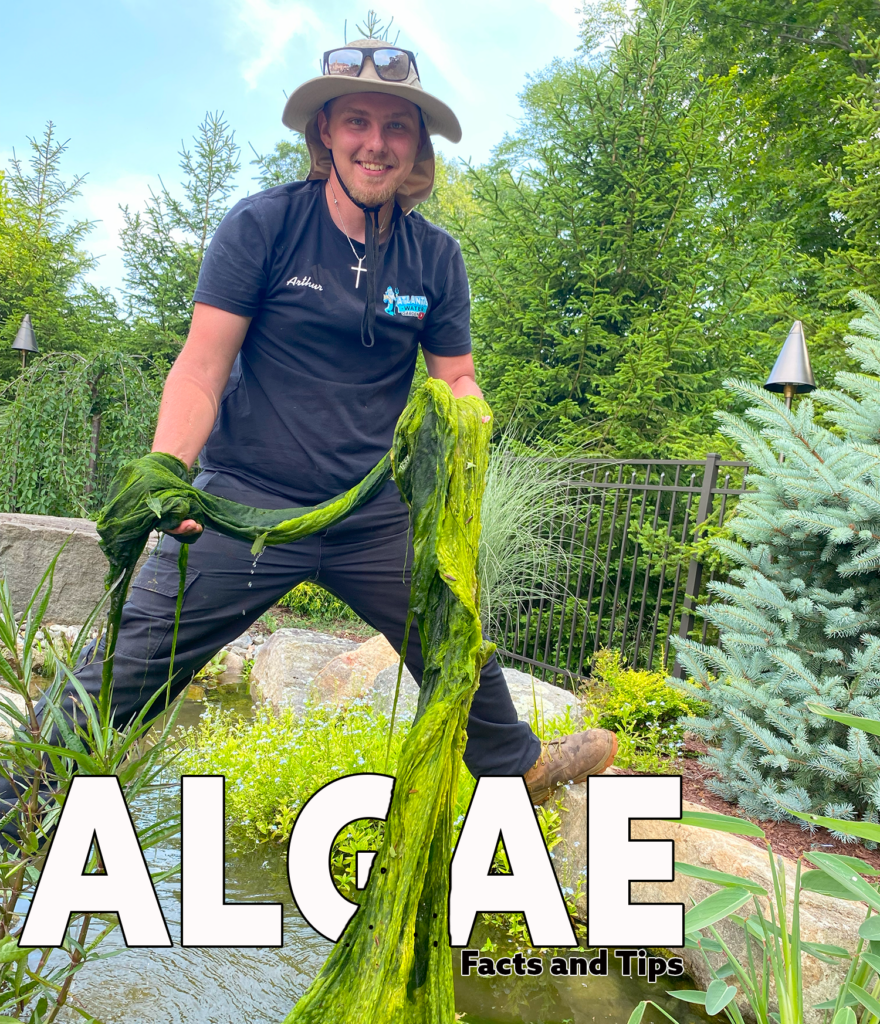
How Do I Keep My New Jersey Pond Water Clear and Free from Algae?
Picture this: a sparkling, clear pond filled with vibrant fish and lush plants. Sounds perfect, right? But if your New Jersey pond is battling cloudy water or pesky algae blooms, achieving that dreamy scene might feel like an uphill climb. Don’t worry—you’re not alone! Let’s dive into some simple, effective tips to keep your pond clear and algae-free all year round.
The Power of Beneficial Bacteria
Think of beneficial bacteria as your pond’s natural cleanup crew. These little helpers break down organic gunk like leaves, fish waste, and other debris that algae love to feast on. Adding a dose of these bacteria every month—especially during New Jersey’s warmer months—can make a world of difference. It’s an easy, eco-friendly way to cut down on sludge and keep your pond looking pristine.
Why Aeration Matters
Oxygen is life—literally. Your pond’s health depends on it. When oxygen levels drop, anaerobic bacteria step in, breaking down organic materials in a way that releases nutrients into the water. That’s a fancy way of saying they create a buffet for algae. Adding an aerator, fountain, or waterfall keeps the water moving and the oxygen flowing, which helps keep algae in check. Plus, who doesn’t love the soothing sound of bubbling water?
Filters: Your Pond’s Best Friend
Every clear pond has one thing in common: a great filtration system. Filters come in two main types:
- Mechanical filters, which capture debris like leaves and twigs.
- Biological filters, which house bacteria that break down waste.
For New Jersey pond owners, a filter rated for at least 1.5 times your pond’s size is a good bet. It’s like having a security team working 24/7 to keep things clean.
Taming the Sunlight
If your pond sits in full sun all day, algae have the upper hand. The solution? Throw some shade—literally. Floating plants like water lilies or lotus are not only beautiful, but they also create natural shade, cutting down on sunlight hitting the water. Another option? A UV clarifier. It’s like sunscreen for your pond, targeting and neutralizing algae before they can turn the water green.
Algae-Eating Fish to the Rescue
Want an effortless way to control algae? Add a few algae-eating fish. Plecostomus, Siamese algae eaters, and even koi or goldfish are fantastic options for New Jersey ponds. These fish double as adorable pond companions and hardworking algae managers.
Easy on the Fish Food
We get it—feeding your fish is fun! But uneaten fish food can quickly break down, releasing nutrients that algae thrive on. Stick to feeding once a day during the warmer months and only give them as much as they can eat in a few minutes. Your fish will be happy, and your pond will stay cleaner.
Maintenance: The Secret to Success
Regular maintenance might not be glamorous, but it’s a game-changer. Skim leaves and debris off the surface often, especially in the fall. Every few weeks, swap out about 10-15% of your pond’s water to dilute excess nutrients. These small steps add up to big results when it comes to keeping algae at bay.
Clear Water, Happy Pond
Keeping your New Jersey pond clear and algae-free doesn’t have to feel overwhelming. With a little bit of effort and these practical tips, you’ll have a pond that’s not only healthy but also a joy to look at. So, roll up your sleeves and give your pond the care it deserves—it’ll reward you with a sparkling oasis that’s the envy of the neighborhood.
Need help with your pond? Contact Contact Atlantis Water Gardens today for expert advice or to learn more about our pond maintenance services!
For more content with tips, tricks and amazing water feature goodness, check us out on
YouTube!
Don’t forget to check out our other great content and topics on our learning hub!
Why Should New Jersey Homeowners Winterize Fountainscapes?
Can a Pond Freeze Solid in New Jersey? Essential Pond Depth Tips
How to Prevent Ice Damage to Your Pond in New Jersey: Top Winter Survival Tips
